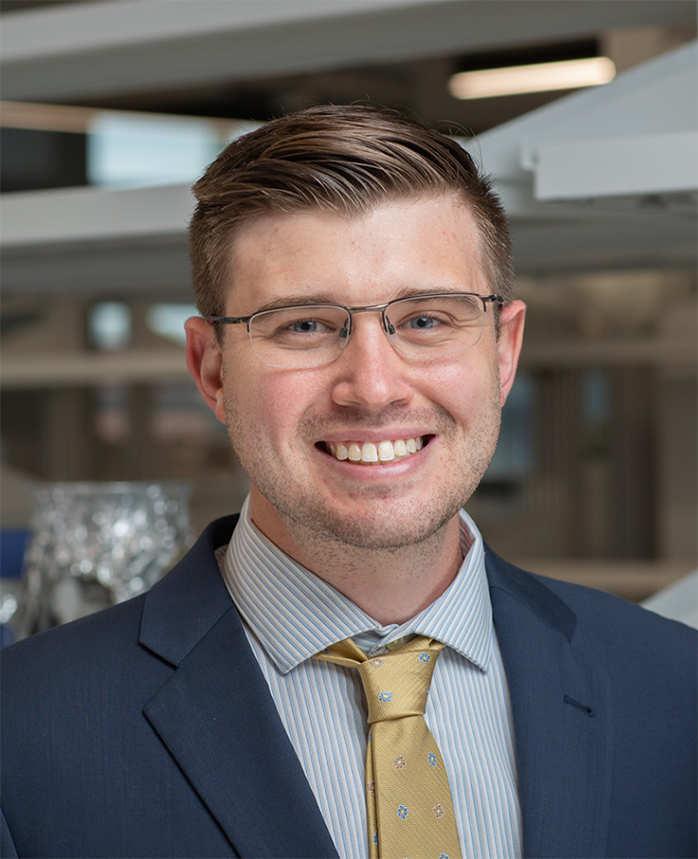Congratulations to Bryce Shirk, a Ph.D. student in the J. Crayton Pruitt Family Department of Biomedical Engineering at the University of Florida, who has been awarded the prestigious USDA National Institute of Food and Agriculture (NIFA) Predoctoral Fellowship. This fellowship will support Bryce’s research on silk production, conducted under the mentorship of Dr. Whitney Stoppel in the Stoppel Lab.
Bryce’s research explores new methods for producing natural and genetically modified silk fibers using the Indianmeal moth, Plodia interpunctella. Unlike the widely used Bombyx mori silkworm, Plodia offers an alternative silk source that can be easily reared in controlled environments, promising greater consistency, and quality control in silk manufacturing.
Silk fibers, known for their exceptional mechanical properties, have significant potential in biomedical engineering. Traditionally, the silk from Bombyx mori has been the primary source due to its commercial availability from its use in the textile industry. However, Bryce’s research highlights the untapped potential of silk from other arthropods, particularly Plodia, which can be reared with precise control over environmental factors to optimize silk yield and quality.
Through experimentation, Bryce has identified optimal rearing conditions for Plodia silk production. He determined that a temperature of 24°C, a resource availability of 10 larvae per gram of diet, and a population density of 0.72 larvae per milliliter are ideal for maximizing silk output and ensuring uniformity in silk proteins. Population density emerged as a critical factor influencing silk mat formation, making it a primary focus for optimizing production processes.
Bryce’s research opens up new avenues for future studies to link environmental cues with gene expression and protein production in Plodia. By establishing robust protocols for silk rearing and purification, his research aims to transition Plodia silk into viable biomaterials. These biomaterials have the potential in advance manufacturing and can find a wide range of applications in the field of biomedical engineering.
